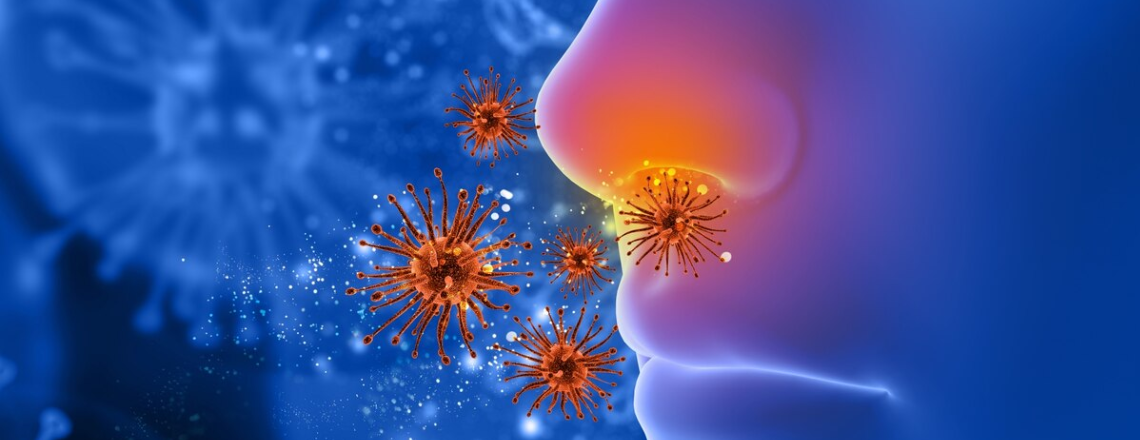Infectious Disease Test
Published Jan. 17, 2024
By Hopkins Medtech
What is Infectious Disease Test?
Infectious diseases are caused by pathogenic microorganisms, such as bacteria, viruses, fungi, parasites, or prions, that invade the body and cause illness. These diseases can spread from person to person, from animals to humans, or through environmental exposures. Symptoms range widely based on the specific pathogen and the body’s response. They can include fever, fatigue, cough, diarrhea, rash, pain, or organ dysfunction.
Some infections have acute onset and short duration, while others become chronic, lasting for months or years.
Types of Pathogens
Bacteria: Single-celled organisms that can cause illnesses like tuberculosis, strep throat, and urinary tract infections.
Viruses: Tiny infectious agents that require a host cell to replicate, causing illnesses such as influenza, COVID-19, HIV/AIDS, and the common cold.
Fungi: Microscopic organisms like molds and yeasts that cause fungal infections such as candidiasis and athlete’s foot.
Parasites: Organisms that live on or inside a host and cause diseases like malaria, toxoplasmosis, and intestinal infections.
Prions: Abnormal proteins that cause rare and fatal neurodegenerative diseases like Creutzfeldt-Jakob disease.
The Role of Infectious Disease Tests
Infectious disease tests play crucial roles in diagnosing, monitoring, and controlling the spread of infectious diseases. These tests aid in identifying the presence of pathogens, monitoring the body’s immune response, and guiding treatment decisions.
Types of Infectious Disease Tests
While there are many different kinds of infectious diseases, there are two main ways of detecting whether or not the infection is or was present in your body – looking for antibodies against the infectious agent or looking for the infectious agent (antigen) itself.
Infectious disease tests can be classified based on the type of sample, the target of detection, and the technology used. Here are the main types:
1. Molecular Tests:
Polymerase Chain Reaction (PCR): Amplifies and detects the genetic material (DNA or RNA) of pathogens, providing highly sensitive and specific identification. Used for viruses, bacteria, and parasites.
Nucleic Acid Amplification Tests (NAATs): Includes PCR and other methods amplifying and detecting specific nucleic acids, enabling rapid identification of pathogens.
2. Serological Tests:
Antibody Detection: Detects antibodies produced by the immune system in response to infections. Includes:
Enzyme-Linked Immunosorbent Assay (ELISA): Measures antibodies (IgM, IgG) or antigens in blood or other body fluids.
Western Blot: Confirms the presence of specific antibodies against particular pathogens.
Rapid Immunochromatographic Tests: Quick, point-of-care tests detecting specific antibodies or antigens in blood, saliva, or urine.
Antigen Detection: Identifies specific antigens produced by pathogens. Rapid tests for influenza, strep throat, or SARS-CoV-2 are examples.
3. Culture-Based Tests:
Microbiological Culture: Grows and isolates pathogens from clinical samples like blood, urine, or tissue, aiding in identifying the causative agent of an infection. Common for bacterial infections.
4. Imaging Tests:
X-rays, CT Scans, MRI: Used to visualize and diagnose certain infections affecting the lungs, brain, or other organs.
